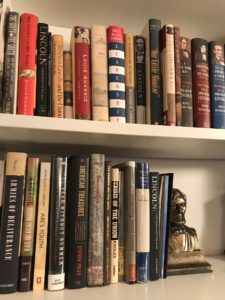 Given COVID, the election, the post-election, and everything else that happened this year, it should come as no surprise that my Abraham Lincoln book acquisition pattern was different that in previous years. While last year I had a big jump in the number of new Lincoln books I acquired (82), this year was back around my average. Overall I acquired 55 new books this year. This is actually more than I expected. I had decided when I set my annual goals for 2020 (which mostly got tossed out as soon as COVID hit) that I would purchase fewer Lincoln books. Driving factors in that decision were a decreasing amount of shelf space, a reassessment of the amount of “stuff” I have in the house, and the knowledge that I would likely be receiving some books from publishers for review. I also planned to spend more time writing a book (more on that later).
Given COVID, the election, the post-election, and everything else that happened this year, it should come as no surprise that my Abraham Lincoln book acquisition pattern was different that in previous years. While last year I had a big jump in the number of new Lincoln books I acquired (82), this year was back around my average. Overall I acquired 55 new books this year. This is actually more than I expected. I had decided when I set my annual goals for 2020 (which mostly got tossed out as soon as COVID hit) that I would purchase fewer Lincoln books. Driving factors in that decision were a decreasing amount of shelf space, a reassessment of the amount of “stuff” I have in the house, and the knowledge that I would likely be receiving some books from publishers for review. I also planned to spend more time writing a book (more on that later).
I started the year off slowly in accordance with my plan. And then I became an official reviewer for the Lincoln Herald, a journal published by Lincoln Memorial University. They sent me two books to review, plus I reviewed a book I already had on my shelf (one review has been published; the other two will be in future issues). Starting in the summer I also received about ten books from publishers to evaluate for the Abraham Lincoln Institute annual book award competition. Another half dozen books were received late in the year. And then I discovered my health insurance company had been giving me points for something and I could cash those in for even more Lincoln books. I also decided to enter into my spreadsheet the PDF books that I had downloaded, so some of those in the list below exist only as PDFs, not hard copies. All of this added to my slightly less active purchasing obsessions, totaling 55 for the year, including duplicates.
Twenty-four are new books published in 2020. The oldest copyright is 1796 for a PDF book. The oldest physical book was published in 1941. The shortest actual books were 26 pages (M.L. Houser’s Abraham Lincoln Mathematician) and 58 pages (Daniel Kilham Dodge’s Abraham Lincoln: Evolution of His Literary Style). Longest books stretched to 1066 pages (Abe: Abraham Lincoln In His Times by David S. Reynolds) and 1097 pages (a two-volume set called The Tragic Years by Paul M. Angle and Earl Schenk Miers).
There were some blockbusters, including the aforementioned Abe book by David S. Reynolds, along with Harold Holzer’s The Presidents vs. The Press and Ted Widmer’s Lincoln on the Verge. There were also more obscure books like the two by M.L. Houser, the New Philadelphia book by the McWorters, and Robin Blackburn’s An Unfinished Revolution: Karl Marx and Abraham Lincoln. There is also a graphic biography by Mark Shulman (author) and Tom Martin (illustrator) called Abraham Lincoln: Defender of the Union. I rarely buy fiction, but I so enjoyed the library copy of Stephen L. Carter’s The Impeachment of Abraham Lincoln that I bought one for myself (the book explores the alternative history that Lincoln survives the assassination attempt and then is impeached in his second term for not being hard enough on the surrendering South). Also, I may have the only copy of a pre-publication book by Ed Steers that he accidentally made available on Amazon just long enough for me to buy a copy before it was shut down; the final version is due out in March 2021 from the University Press of Kentucky). The most bizarre book I acquired is Richard Salva’s The Yoga of Abraham Lincoln (and yes, it is as contrived as the title suggests).
As a huge departure for me, there are several books that I would classify as Civil War books and not expressly Abraham Lincoln. I usually avoid such books, but some came from publishers and others provided some insights I wanted to better understand Lincoln. One book that covers Lincoln and the Civil War but begins pre-Revolutionary War and expands to the present is Heather Cox Richardson’s How the South Won the Civil War. Richardson has become a social media sensation this year with her daily “Letters from an American” and social/political commentary on Facebook. The book is an excellent read and one from which all Americans would gain valuable insight.
One huge change this year – only one of the books is signed by the author, and it was purchased that way. Normally I would have ample opportunity for authors to sign the book directly to me, but this year COVID moved all the usual in-person events to virtual lectures, including the Abraham Lincoln Institute symposium normally held at Ford’s Theatre in March, the Lincoln Forum (Gettysburg in November), and the monthly Lincoln Group of DC dinner lectures. Most of these are expected to be virtual in 2021 as well, although there is hope COVID will be under control enough to hold the fall Forum in Gettysburg. At some point I hope to catch up with authors for signings.
As always, collecting these books means I do a lot of reading. While I can’t claim to have read all of them, I have read many of them and plan to read the rest over time. And, of course, acquire even more. Note to publishers: I’m always open to receiving books in return for an honest review via my various venues, including Goodreads and Amazon.
So how many Lincoln books will I acquire in 2021? As with this year the plan is to hold back on buying too many books in the early part of the year (my shelves are not getting less packed). I do expect to be on the ALI book award committee again this year (along with taking on Treasurer duties). But even more important is that I just agreed to terms with a publisher for my the book I’m writing myself, with a pretty tight deadline for turning in the manuscript, so I won’t have much time for reading during the first half of the year. I’ll have more details on this in my annual Year in a Writer’s Life post but by summer I know I’ll be ready to read a lot about Lincoln that isn’t directly related to my book.
See the 2020 list showing author/title/publication date below my signature blurb below.
David J. Kent is an avid science traveler and the author of Lincoln: The Man Who Saved America, in Barnes and Noble stores now. His previous books include Tesla: The Wizard of Electricity and Edison: The Inventor of the Modern World and two specialty e-books: Nikola Tesla: Renewable Energy Ahead of Its Time and Abraham Lincoln and Nikola Tesla: Connected by Fate.
Check out my Goodreads author page. While you’re at it, “Like” my Facebook author page for more updates!
Here is the 2020 list! [Author, Title, Date of Publication]
| Abel, E. Lawrence | John Wilkes Booth and the Women Who Loved Him | 2018 |
| Abel, E. Lawrence | Lincoln’s Jewish Spy: The Life and Times of Issachar Zacharie | 2020 |
| Achorn, Edward | Every Drop of Blood: The Momentous Second Inauguration of Abraham Lincoln | 2020 |
| Angle, Paul M. and Miers, Earl Schenck | Tragic Years, 1860-1865: A Documentary History of the American Civil War | 1960 |
| Blackburn, Robin | An Unfinished Revolution: Karl Marx and Abraham Lincoln | 2011 |
| Blaisdell, Bob (ed.) | The Wit and Wisdom of Abraham Lincoln: A Book of Quotations | 2005 |
| Boorstin, Daniel J. | The Mysterious Science of the Law: An Essay on Blackstone’s Commentaries | 1941 |
| Brands, H.W. | The Zealot and the Emancipator: John O’Brien, Abraham Lincoln, and the Struggle for American Freedom | 2020 |
| Browning, Judkin and Silver, Timothy | An Environmental History of the Civil War | 2020 |
| Carden, Allen and Ebert, Thomas J. | John George Nicolay: The Man in Lincoln’s Shadow | 2019 |
| Carter, Stephen L. | The Impeachment of Abraham Lincoln: A Novel | 2012 |
| Condon, William H. | The Life of Major-General James Shields | 1900 |
| Dilworth, Thomas | Dilworth’s Spelling-Book, Improved: A New Guide to the English Tongue | 1796 |
| Dixon, David T. | Radical Warrior: August Willich’s Journey from German Revolutionary to Union General | 2020 |
| Dodge, Daniel Kilham | Abraham Lincoln: The Evolution of His Literary Style | 2000 |
| Drake, Brian Allen (Ed) | The Blue, the Gray, and the Green: Toward an Environmental History of the Civil War | 2015 |
| Fry, Zachery A. | A Republic in the Ranks: Loyalty and Dissent in the Army of the Potomac | 2020 |
| Greene, Julia Gates | Abraham Lincoln on the Niagara Frontier | 1930 |
| Holzer, Harold | The Presidents vs. The Press: The Endless Battle Between the White House and the Media from The Founding Fathers to Fake News | 2020 |
| Houser, M.L. | Young Abraham Lincoln Mathematician | 1943 |
| Houser, M.L. | Lincoln’s Education and Other Essays | 1957 |
| Johnson, William Bruce | Lincoln’s First Crisis: Fort Sumter and the Betrayal of the President | 2020 |
| Johnson, William Bruce | Lincoln’s First Crisis: Fort Sumter and the Betrayal of the President | 2020 |
| Kanefield, Teri | The Making of America: Abraham Lincoln | 2018 |
| Keller, Ron J. | Lincoln in the Illinois Legislature | 2019 |
| Kline, Michael J. | The Baltimore Plot: The First Conspiracy to Assassinate Abraham Lincoln | 2008 |
| Levin, Kevin M. | Searching for Black Confederates: The Civil War’s Most Persistent Myth | 2019 |
| Luskey, Brian P. | Men is Cheap: Exposing the Frauds of Free Labor in Civil War America | 2020 |
| Mackey, Thomas C. | Opposing Lincoln: Clement L. Vallandigham, Presidential Power, and the Legal Battle Over Dissent in Wartime | 2020 |
| McPherson, James M. | Abraham Lincoln | 2009 |
| McWorter, Gerald A. and Williams-McWorter, Kate | New Philadelphia | 2018 |
| Meltzer, Brad and Mensch, Josh | The Lincoln Conspiracy: The Secret Plot to Kill America’s 16th President – And Why it Failed | 2020 |
| Mitchell, Elizabeth | Lincoln’s Lie: A True Civil War Caper Through Fake News, Wall Street, and the White House | 2020 |
| Norder, Steve | Lincoln Takes Command: The Campaign to Seize Norfolk and the Destruction of the CSS Virginia | 2020 |
| Norder, Steve | Lincoln Takes Command: The Campaign to Seize Norfolk and the Destruction of the CSS Virginia | 2020 |
| Power, John Carroll | History of an Attempt to Steal the Body of Abraham Lincoln | 1890 |
| Rappaport, Doreen (author) and Nelson, Kadir (illustrator) | Abe’s Honest Words: The Life of Abraham Lincoln | 2008 |
| Reid, Brian Holden | The Scourge of War: The Life of William Tecumseh Sherman | 2020 |
| Reingold, Nathan(Ed.) | Science in Nineteenth-Century America: A Documentary History | 1964 |
| Reynolds, David S. | Abe: Abraham Linicoln In His Times | 2020 |
| Richardson, Heather Cox | How the South Won the Civil War | 2020 |
| Salva, Richard | The Yoga of Abraham Lincoln: Forerunner of the Modern Truth Seeker | 2015 |
| Shaara, Michael | The Killer Angels | 2003 |
| Shulman, Mark (author) and Martin, Tom (Illustrator) | Show Me History! Abraham Lincoln: Defender of the Union | 2018 |
| Snee, Brian J. | Lincoln Before Lincoln: Early Cinematic Adaptations of the Life of America’s Greatest President | 2016 |
| Steers, Edward Jr. | Getting Right With Lincoln: Correcting Misconceptions About Our Greatest President | 2020 |
| Stevenson, Augusta | Abraham Lincoln: The Great Emancipator | 1986 |
| Striner, Richard | Summoned to Glory: The Audacious Life of Abraham Lincoln | 2020 |
| Taylor, Daniel Cravens | Thomas Lincoln: Abraham’s Father | 2019 |
| Temple, Wayne C.; Edited by Douglas L. Wilson and Rodney O. Davis | Lincoln’s Confidant: The Life of Noah Brooks | 2019 |
| Welker, David A. | The Cornfield: Antietam’s Bloody Turning Point | 2020 |
| Widmer, Ted | Lincoln On The Verge: Thirteen Days To Washington | 2020 |
| Widmer, Ted | Lincoln On The Verge: Thirteen Days To Washington | 2020 |
| Widmer, Ted | Lincoln On The Verge: Thirteen Days To Washington | 2020 |
| Wilson, Rufus Rockwell | Intimate Memories of Lincoln | 1945 |



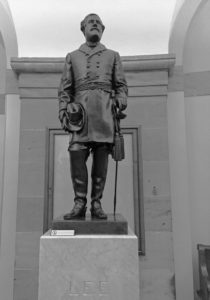 Virginians woke up Monday morning, December 21, 2020, to the
Virginians woke up Monday morning, December 21, 2020, to the  Well, we’ve made it through the year of the David Wiegers calendar and Lincoln has come full circle, arriving in London, UK. In January we started in Edinburgh, which as part of Scotland may or may not continue to be part of the United Kingdom post-Brexit.
Well, we’ve made it through the year of the David Wiegers calendar and Lincoln has come full circle, arriving in London, UK. In January we started in Edinburgh, which as part of Scotland may or may not continue to be part of the United Kingdom post-Brexit.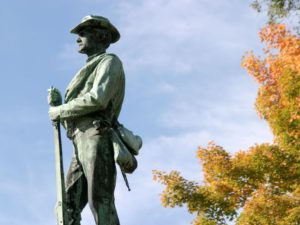 As I continue to explore “
As I continue to explore “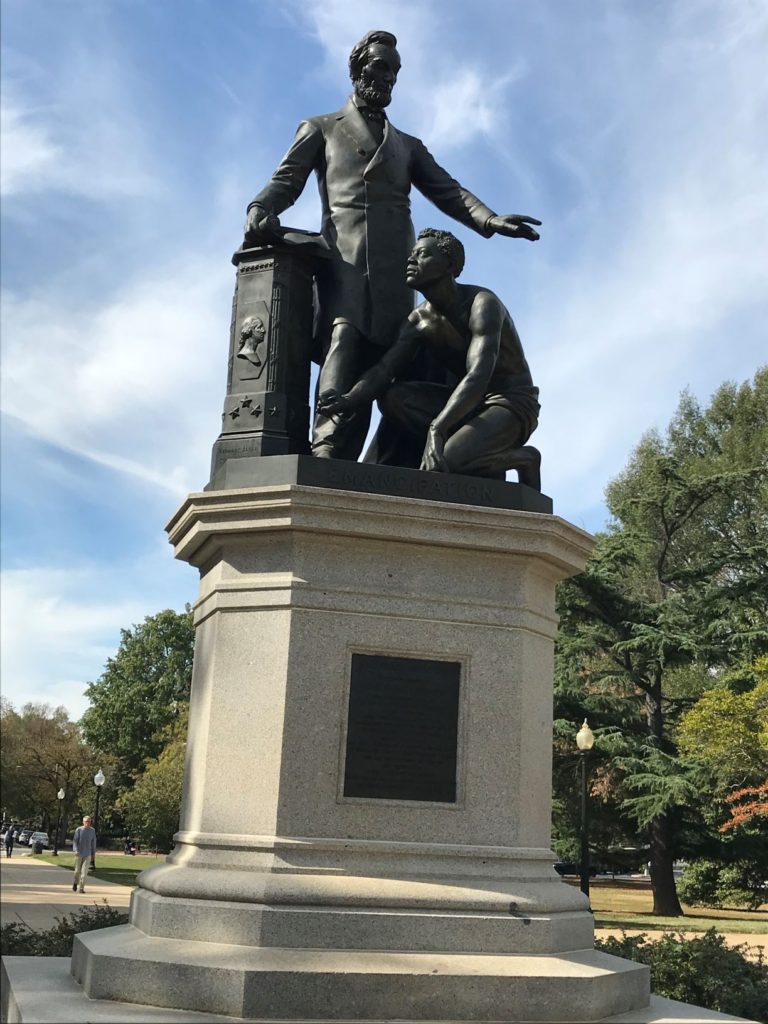
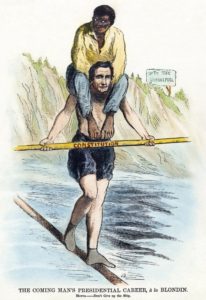 [This is Part 2.
[This is Part 2. 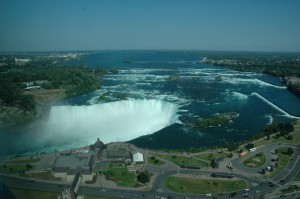 Abraham Lincoln was fascinated by science and technology. In his personal life he sought to improve his knowledge, studying not only the law but Euclid geometry, astronomy, and various forms of technology-driven improvement. As President he was often the first man inventors (and hucksters) would seek out with their new devices. He even had a patent, the first and only President ever to receive one. But perhaps the best way to highlight Lincoln’s way of thinking would be to examine the incredulous response to a question from his law partner, William Herndon.
Abraham Lincoln was fascinated by science and technology. In his personal life he sought to improve his knowledge, studying not only the law but Euclid geometry, astronomy, and various forms of technology-driven improvement. As President he was often the first man inventors (and hucksters) would seek out with their new devices. He even had a patent, the first and only President ever to receive one. But perhaps the best way to highlight Lincoln’s way of thinking would be to examine the incredulous response to a question from his law partner, William Herndon.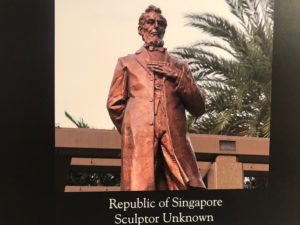 David Wiegers 2020 calendar takes us to
David Wiegers 2020 calendar takes us to 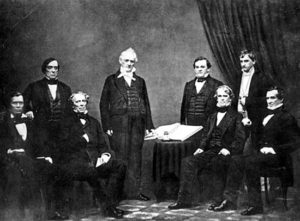 Voters exhausted by four years of scandal and fraud opted to vote out the sitting president after one term, voting in a new president who offered a change in direction. But there would be months of transition before the president-elect’s inauguration, months that would present a national and international crisis as the outgoing administration sabotaged the nation.
Voters exhausted by four years of scandal and fraud opted to vote out the sitting president after one term, voting in a new president who offered a change in direction. But there would be months of transition before the president-elect’s inauguration, months that would present a national and international crisis as the outgoing administration sabotaged the nation. Abraham Lincoln has been called “The Great Emancipator” for the Emancipation Proclamation during the Civil War. The Proclamation, and his role in promoting the 13th Amendment so eloquently displayed in the Steven Spielberg’s movie, Lincoln, secured Lincoln’s recognition for ending slavery in America. And yet, some have argued that Lincoln was “forced into glory” and that he was a reluctant emancipator. These claims are without merit. In fact, Lincoln was an active emancipator and completely consistent in his beliefs about slavery and how to overcome the constraints on its removal from American society.
Abraham Lincoln has been called “The Great Emancipator” for the Emancipation Proclamation during the Civil War. The Proclamation, and his role in promoting the 13th Amendment so eloquently displayed in the Steven Spielberg’s movie, Lincoln, secured Lincoln’s recognition for ending slavery in America. And yet, some have argued that Lincoln was “forced into glory” and that he was a reluctant emancipator. These claims are without merit. In fact, Lincoln was an active emancipator and completely consistent in his beliefs about slavery and how to overcome the constraints on its removal from American society.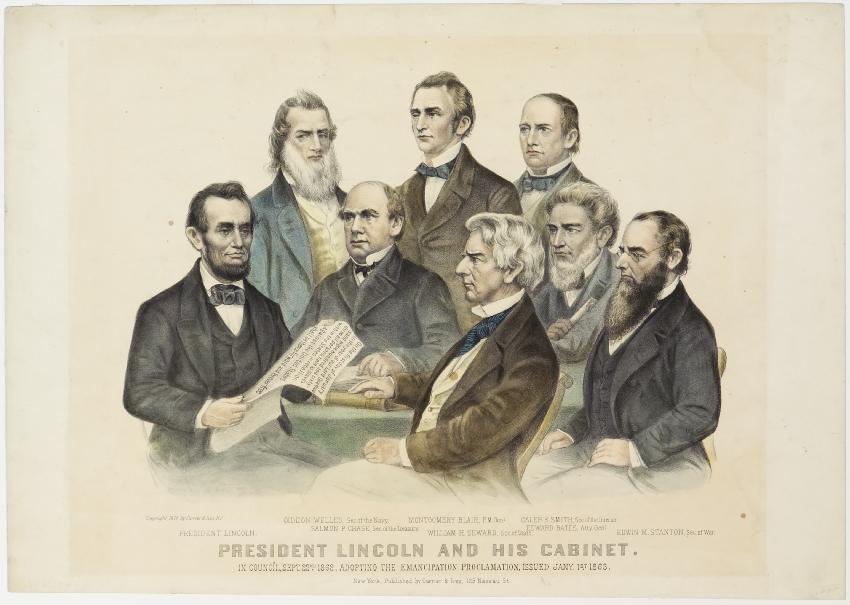
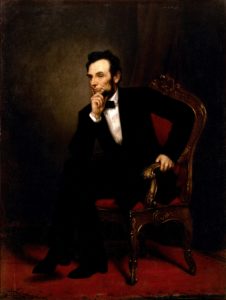 The concession speech by the failed presidential candidate has become an expected tradition in American history. It’s a chance to acknowledge the electoral win of the victor and call for the country to unite. The speech is also a chance to celebrate democracy with the peaceful transfer of power while also vowing to continue to fight for the principles on which the candidate ran.
The concession speech by the failed presidential candidate has become an expected tradition in American history. It’s a chance to acknowledge the electoral win of the victor and call for the country to unite. The speech is also a chance to celebrate democracy with the peaceful transfer of power while also vowing to continue to fight for the principles on which the candidate ran.






